Top SAT Vocabulary Practice Tips and Helpful Resources
Author
Hartwell
Date Published
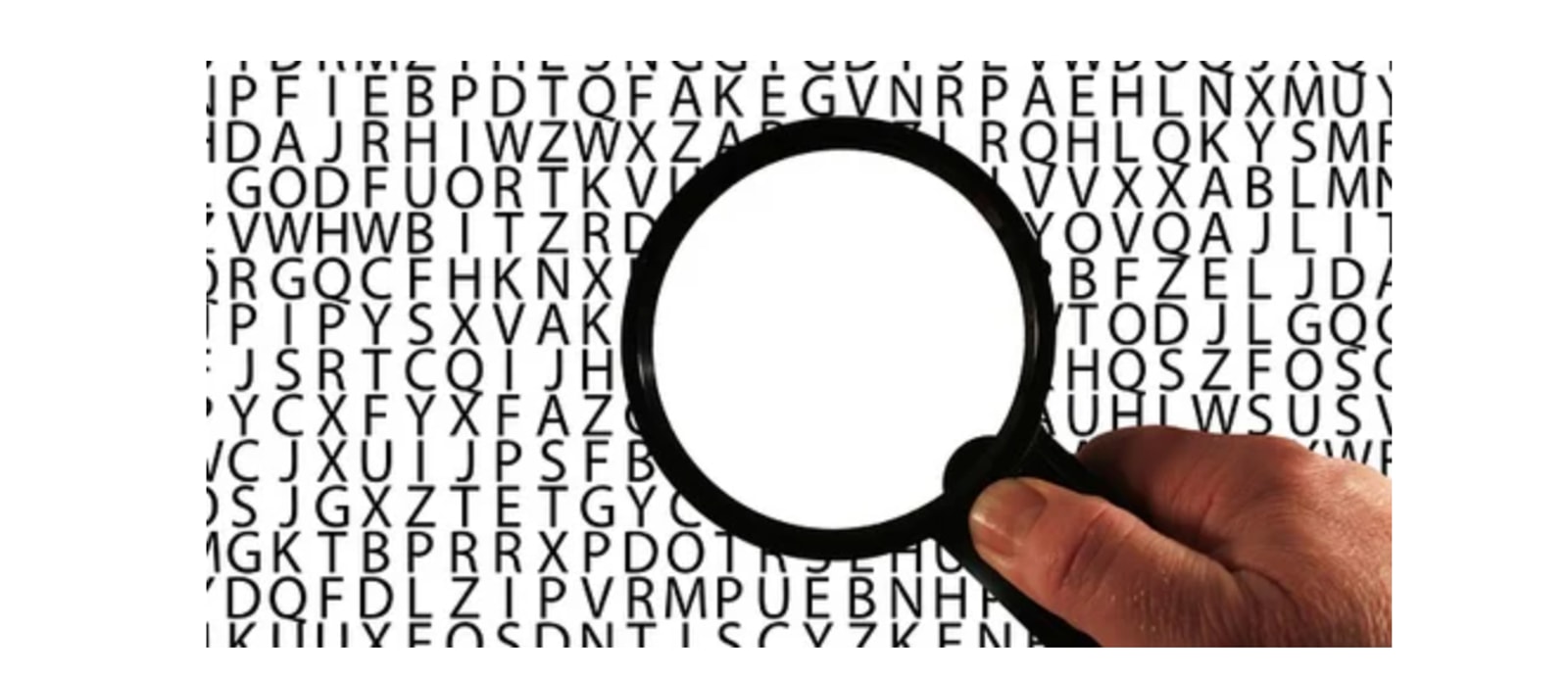
A strong vocabulary is crucial for achieving a high score on the SAT. But which strategies will provide effective SAT vocabulary practice do you need to excel on test day? Simply reviewing a long list of vocabulary words doesn’t guarantee you’ll understand how to use them in context or remember their meanings during the test.
In this guide, we'll discuss the role of vocabulary on the SAT and how it’s assessed. More importantly, we’ll share our top four methods for studying SAT vocabulary as well as recommend the four best resources for high-quality practice. Continue reading to discover these helpful tips!
How Important Is SAT Vocabulary Practice?
While having a solid vocabulary is important, the reality is that vocabulary doesn’t play a significant role on the SAT. For those who dislike memorizing endless word lists, this is fantastic news! That said, if you're aiming for a high or even perfect score, you’ll still need to familiarize yourself with some of the frequently tested SAT vocabulary words.
But how exactly does vocabulary appear on the SAT? Let’s break it down.
To begin with, all vocabulary-related questions—whether in the Reading or the Writing and Language sections—are rooted in context from reading passages. This means you’ll always have some clues within the text to help deduce the meaning of a word or phrase. Unlike the old SAT (pre-2016), which included Sentence Completion questions where you had to select the correct word for a standalone, context-free sentence, the current SAT ensures you never face this lack of contextual support. Fortunately, those types of questions have been eliminated.
Additionally, the vocabulary tested on the SAT is typically of moderate difficulty. Don’t expect overly complex words like pugnacious or obstreperous to appear on the exam. Instead, the test focuses on more commonly used words, often those with multiple meanings.
In the Reading section, vocabulary-focused questions are called "Words in Context" questions. These require you to identify the most appropriate meaning of a given word based on the surrounding text. Meanwhile, in the Writing and Language section, vocabulary questions, known as "Precision" questions, ask you to select the most accurate word (or decide whether the existing word is appropriate) to use in a passage.
Here’s an example of a Words in Context question from the SAT Reading section (accompanied by the relevant excerpt from the passage):
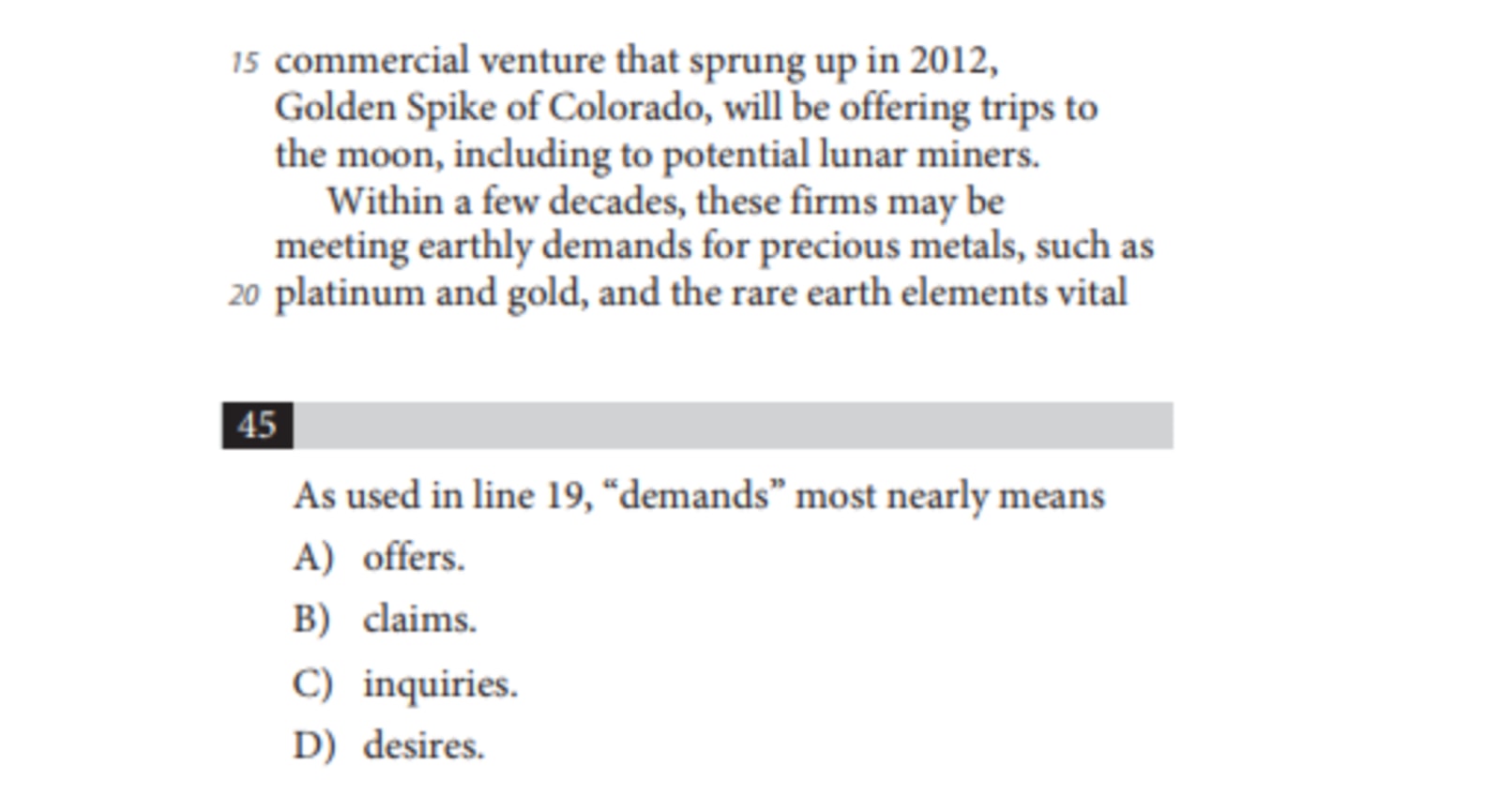
Similarly, here’s an example of a Precision question from the SAT Writing and Language section (with the associated passage excerpt):
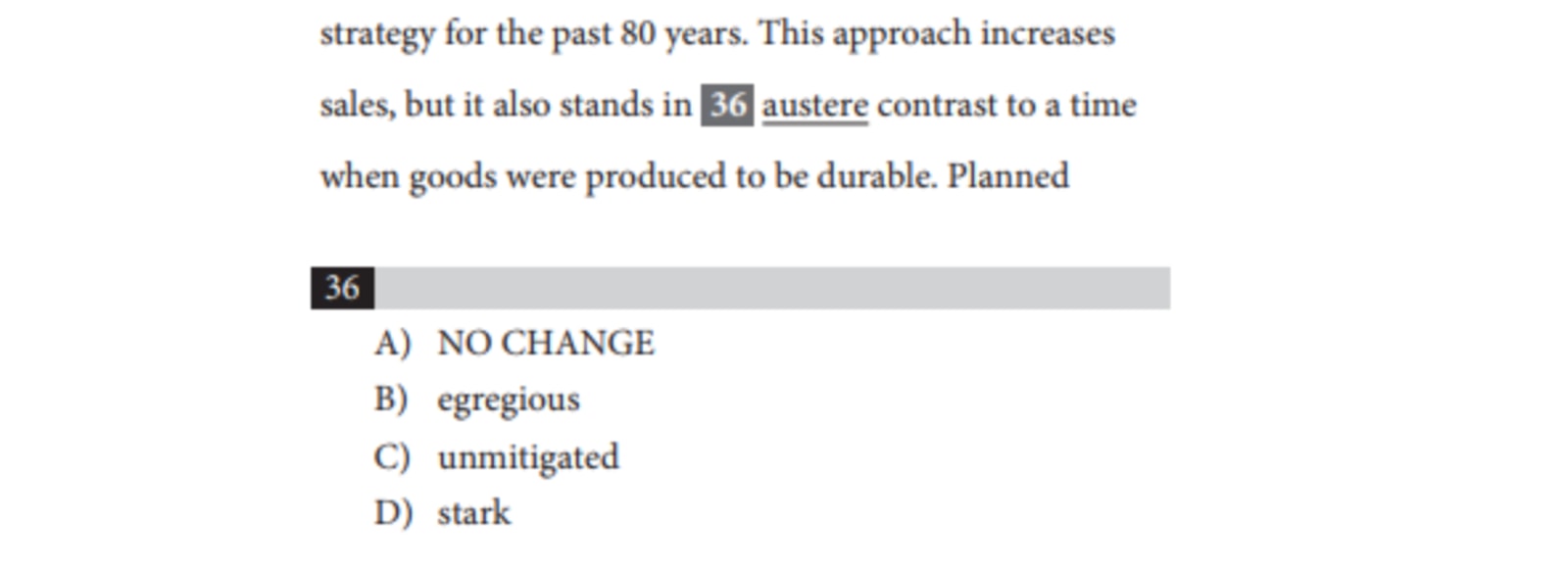
As these examples show, mastering the use of context clues is essential for selecting the word that best aligns with the tone and meaning of the sentence in the passage.
That said, keep in mind that vocabulary does not constitute a significant portion of the SAT. Our analysis of official SAT practice tests indicates that you’ll encounter approximately seven Words in Context questions (around 13% of Reading questions) and about three Precision questions (roughly 7% of Writing questions).
Next, let’s explore the four most effective methods for your SAT vocabulary practice sessions.
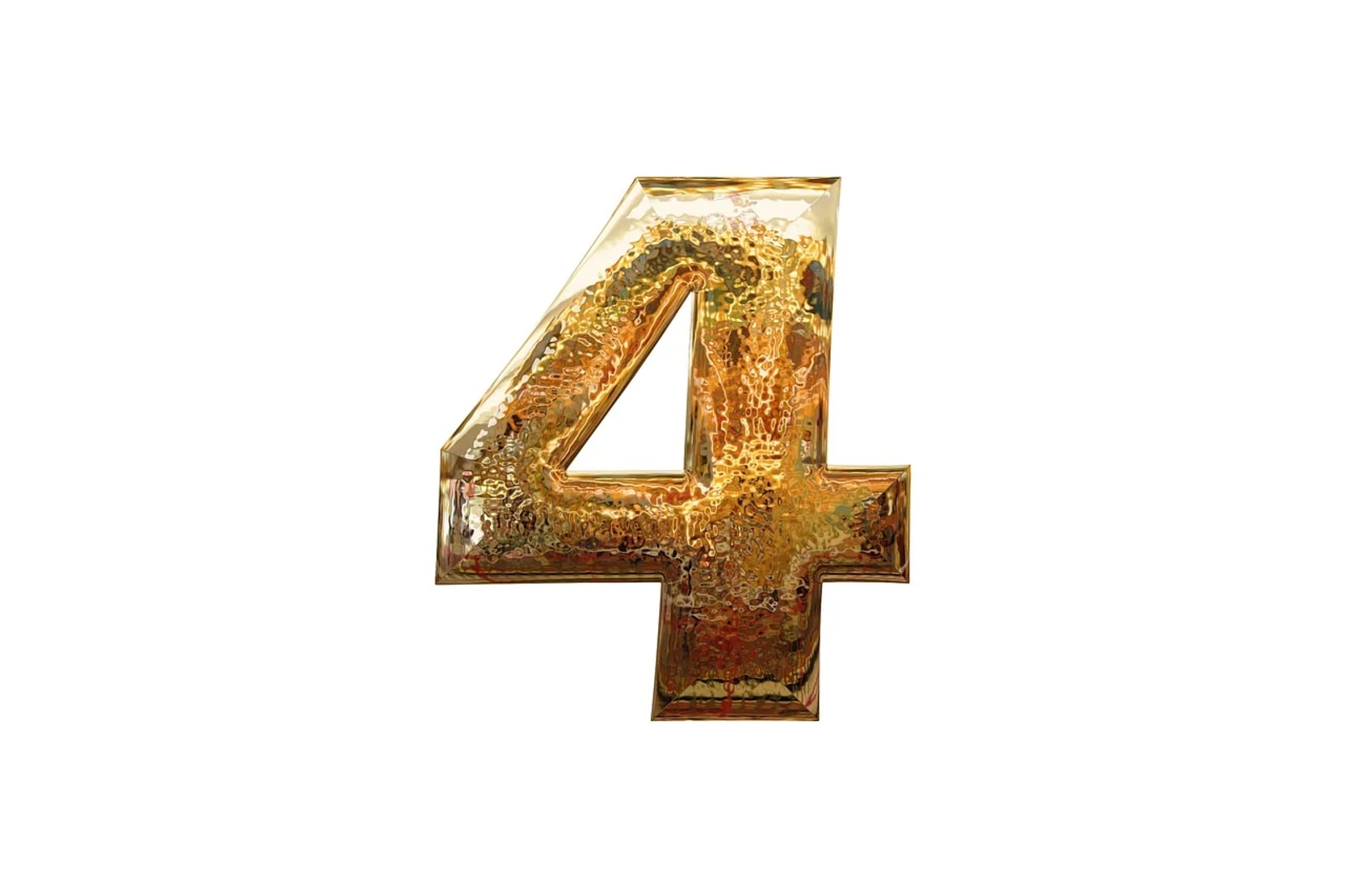
The 4 Best Methods for Quality SAT Vocabulary Practice
Now that you understand how vocabulary is tested on the SAT and the degree of its importance, how can you study for it effectively? Below are four of the best methods to ensure high-quality SAT vocabulary practice.
Method 1: Use Flashcards and the Waterfall Method
Among the most effective ways to study SAT vocabulary is to use flashcards combined with a technique called the Waterfall Method. This approach helps ensure you learn every word on your deck—even the trickiest ones!
Here’s how the Waterfall Method works:
Create Your Starting Stack
Begin with a deck of about 30 to 50 flashcards. Start by going through the entire stack, one card at a time. Separate the cards into two piles:
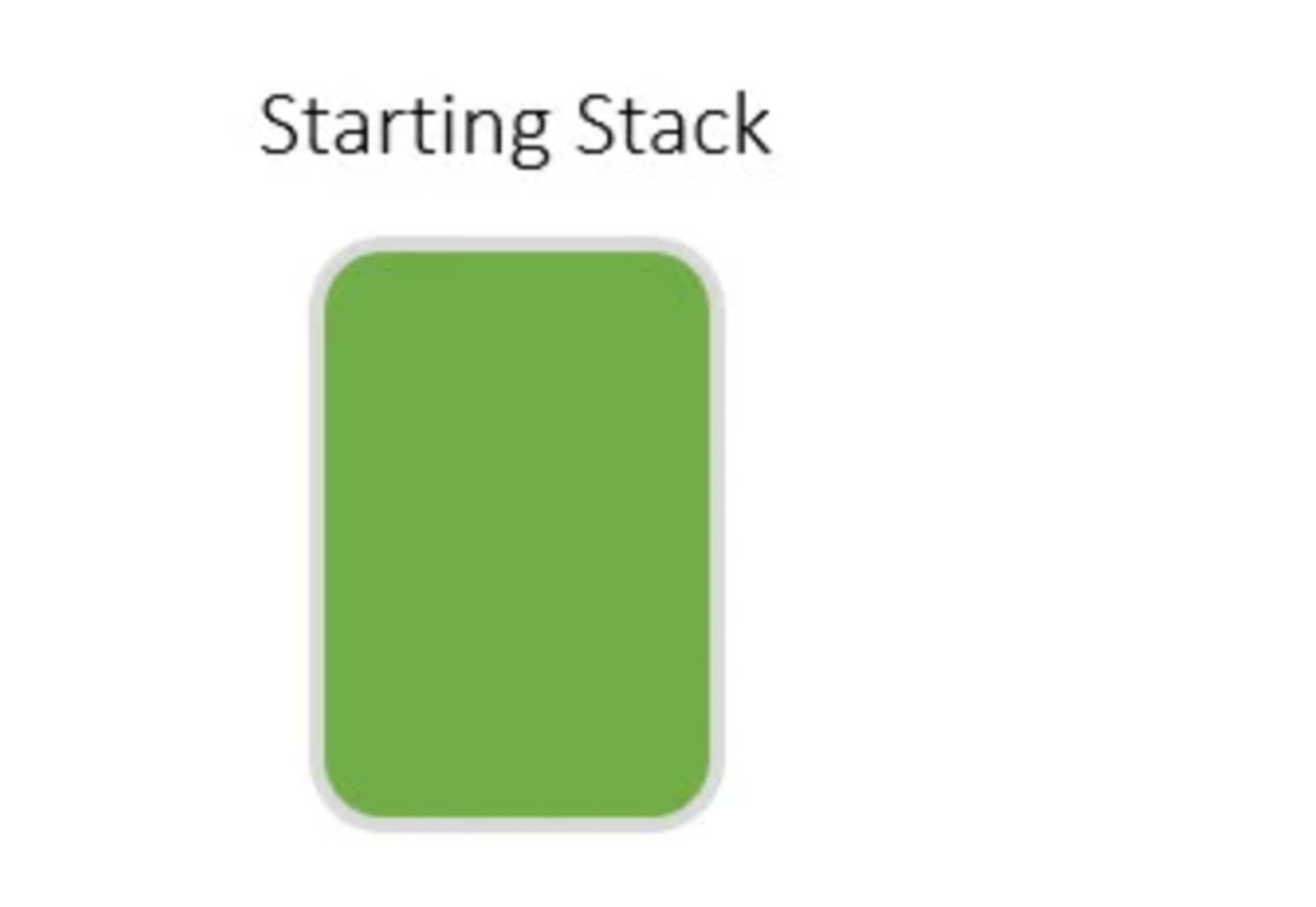
Know It: Cards you’re confident about.
Struggled: Cards you’re unsure about or don’t know.
Focus on the Struggled Pile
Take your struggled pile and go through those cards again. As you review:
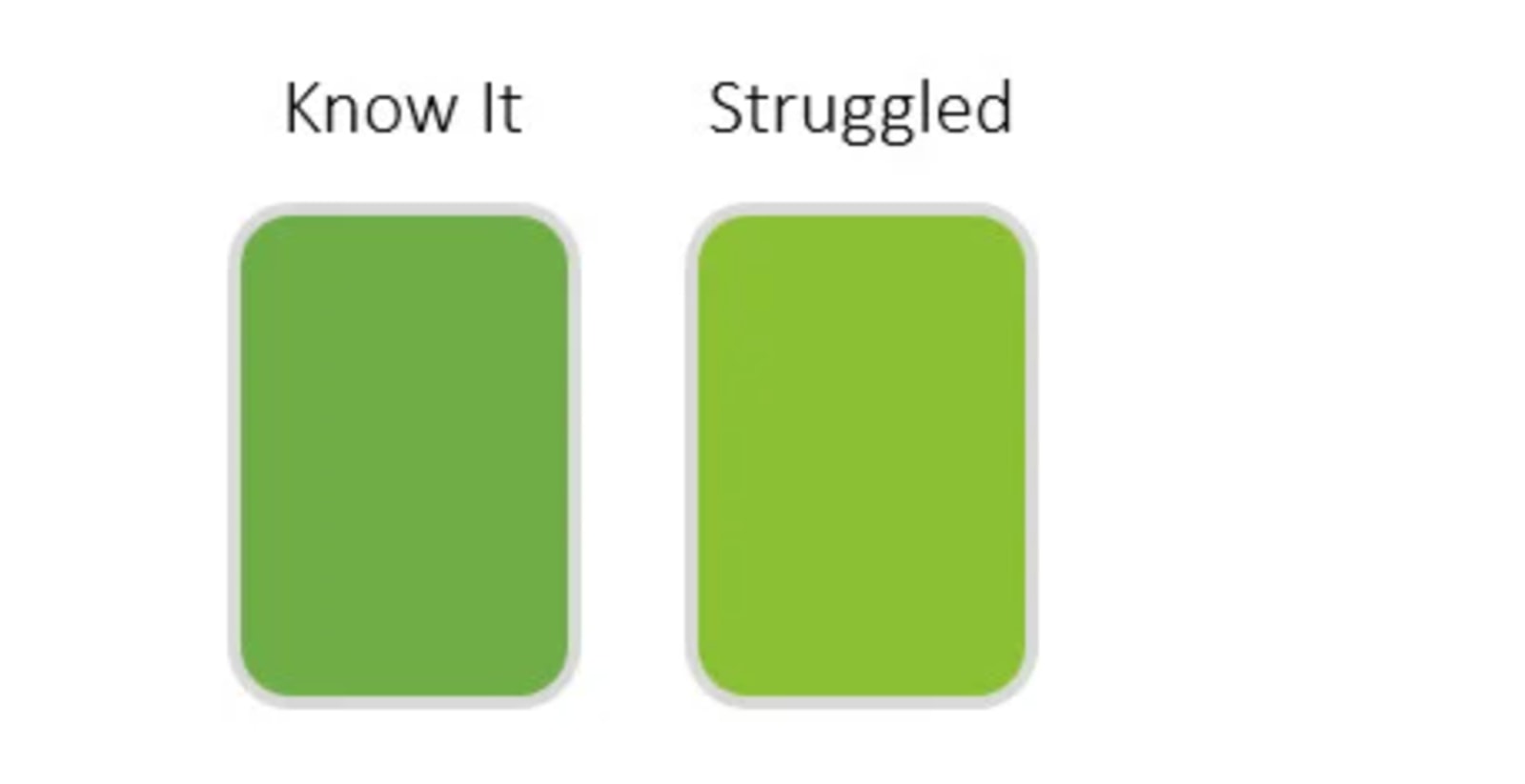
Move cards you now know to a second Know It pile.
Keep cards you still find difficult in the Struggled pile.
By the end of this step, you’ll have two Know It piles and one Struggled pile.
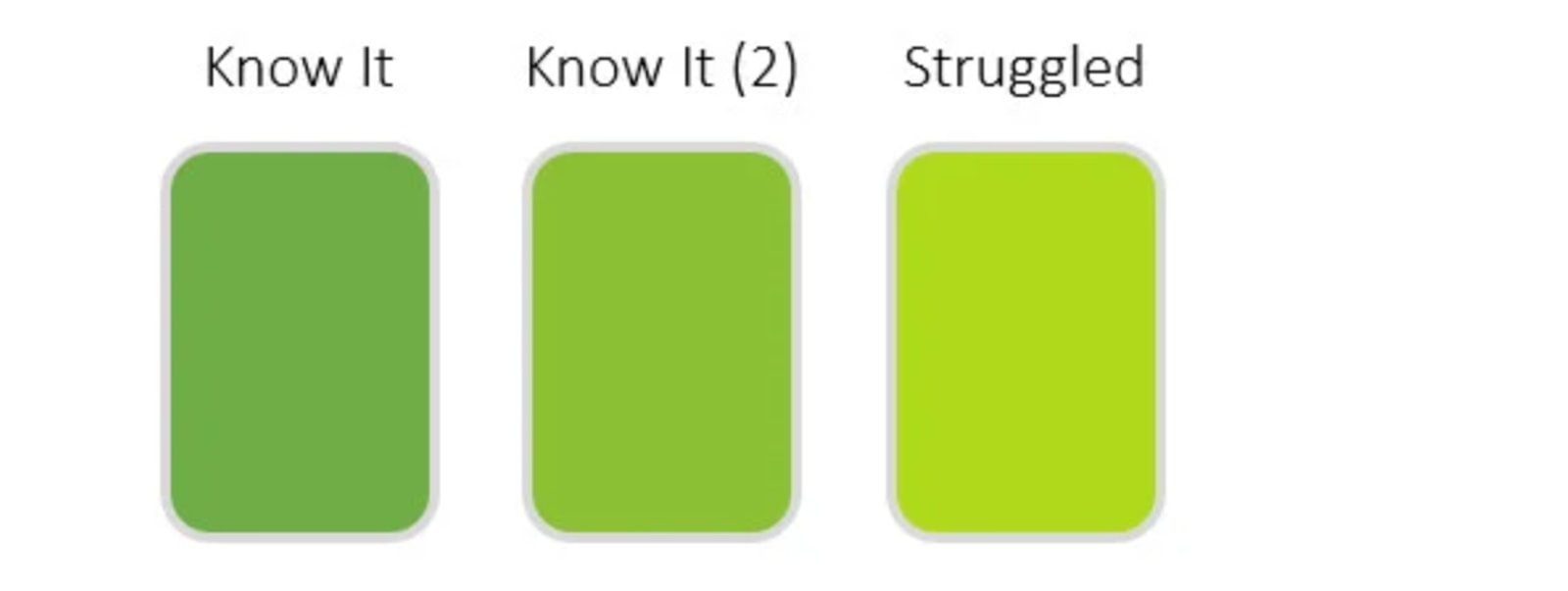
Repeat Until You Narrow Down the Struggled Pile
Continue this process, reviewing only the Struggled pile each time, until you’re left with just one to five cards in the pile. At this point, you’ve narrowed it down to the hardest words in the deck.

Climb the “Waterfall” Backward
Now it’s time to combine your piles and work your way back up the waterfall of flashcards. Start by merging your remaining Struggled pile with the most recent Know It pile (i.e., the pile closest to your Struggled pile). This newly combined stack becomes your Working Pile.
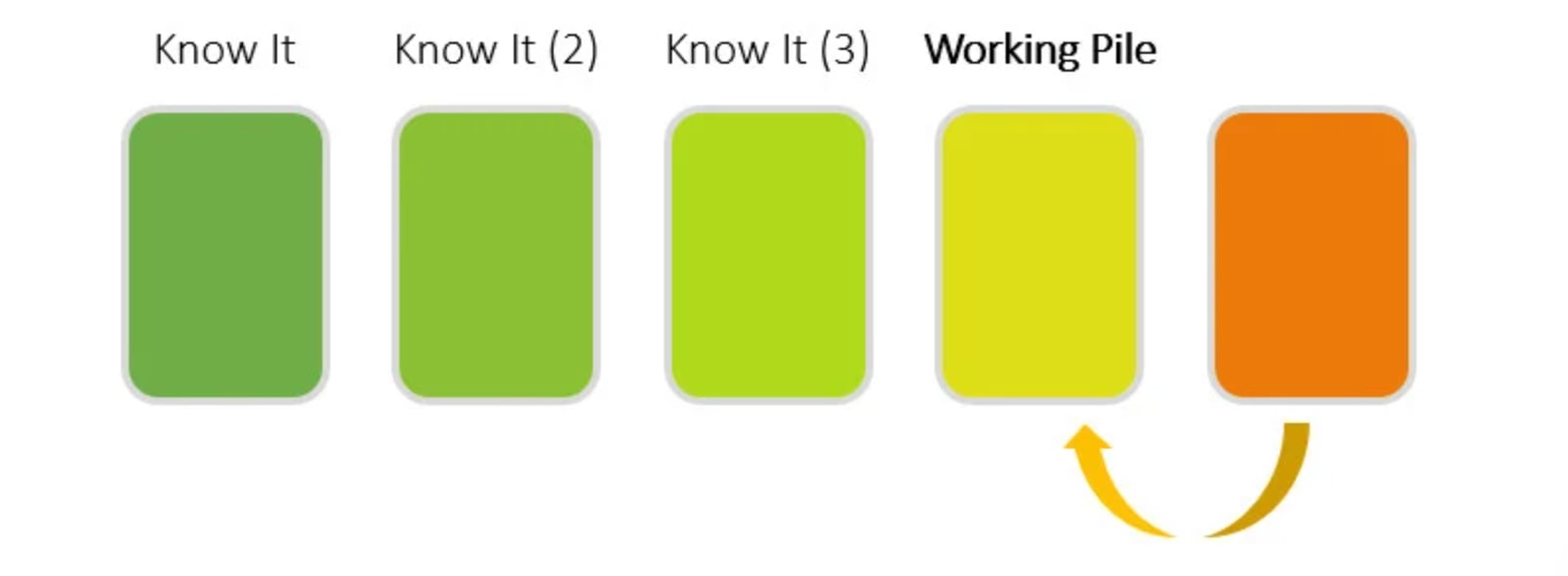
Review the words in this Working Pile until you confidently know all their meanings. If you struggle with any words, go through the entire pile again.
Once you’ve mastered this pile, merge it with the next Know It pile and repeat the process, working through each combined pile until you’ve climbed back to your original Starting Stack.
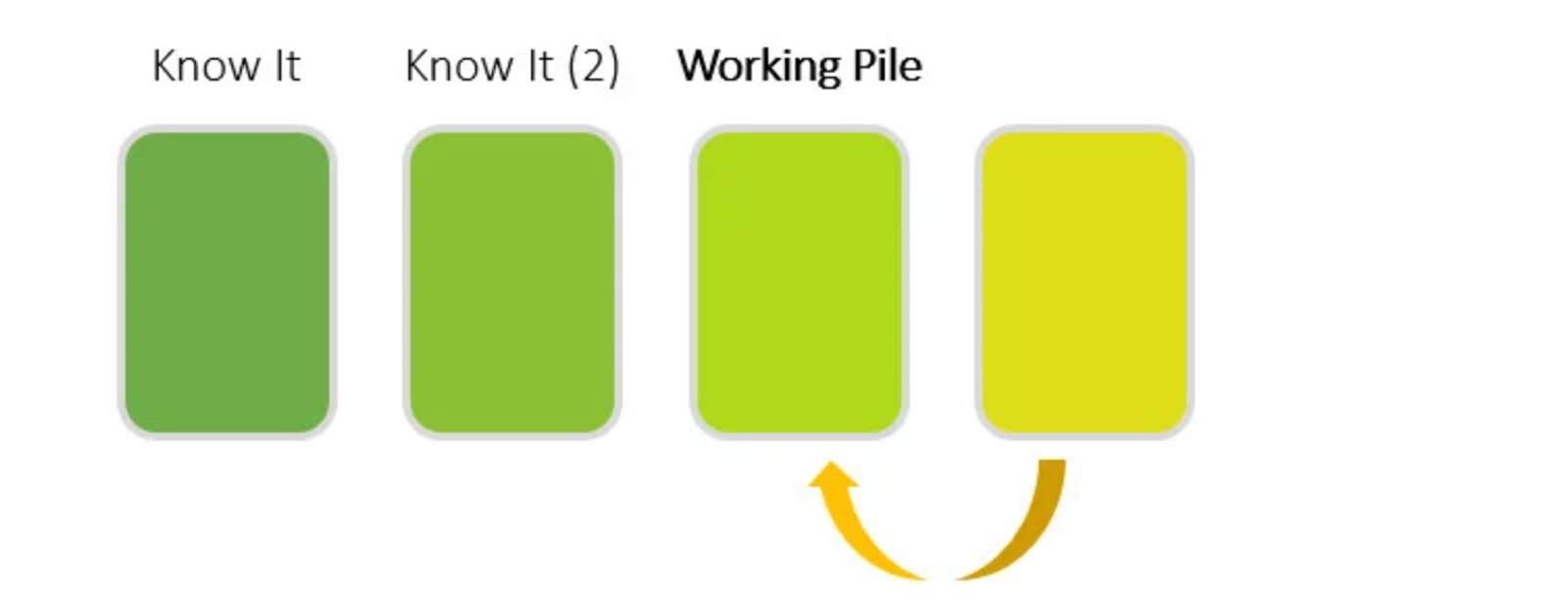
Complete the Cycle for Mastery
By the time you finish, you should know every word on your deck! If there are additional SAT words you’d like to learn, create a new deck of 30 to 50 flashcards and repeat the entire Waterfall Method from the beginning.
Method 2: Take an Online SAT Vocabulary Practice Test
Another effective way to practice SAT vocabulary is by taking online vocabulary tests or quizzes. These quizzes can help you evaluate your understanding of SAT words and put your vocabulary knowledge to the test.
Websites such as Quizlet and Cram offer valuable resources for SAT vocab practice, including flashcards and test functions. Here's how to make the most of these tools:
Using Quizlet
On Quizlet, you can study vocabulary by reviewing digital flashcards and then using the "Test" function to take randomized quizzes made up of the words on your deck. This is a great way to reinforce your understanding and retention of SAT words. When using this tool:
Customize Your Test: Skip question formats that aren’t relevant to the SAT. For instance, because the SAT doesn’t require you to write out vocabulary words, there’s no need to do write-in questions. Focus instead on multiple-choice questions, which closely mirror the SAT format.
Using Cram
Cram works similarly to Quizlet. The platform allows you to study SAT words with digital flashcards and test yourself using the "Test" function, which can generate multiple-choice questions for your deck. Just like with Quizlet:
Focus on the Right Question Types: Stick to question styles most like the SAT, such as multiple-choice. This ensures your practice is as close as possible to what you’ll encounter on the test.
Tips for Using Pre-Made Flashcards
If you're using a pre-made flashcard deck on either site, it’s essential to choose carefully:
Ensure Relevance: Since the SAT vocabulary focus has shifted significantly after 2016, make sure the deck contains relevant words that align with the current exam format. Avoid older decks that might prioritize outdated or irrelevant words.
Double-Check Accuracy: Confirm that the definitions, parts of speech, and usage of the words in the deck are correct. This step is crucial for ensuring you’re studying accurate and helpful information.

Method 3: Read in Context
Since the SAT places significant emphasis on context, one of the best ways to improve your vocabulary is to read more frequently and actively. This method not only enhances your ability to make educated guesses on vocabulary questions but also helps you quickly identify the tone and purpose of passages on the SAT.
Here’s how you can incorporate reading into your SAT vocabulary practice:
Steps to Reading in Context
Find a Suitable Passage or Text
Choose a paragraph or passage to read. (If you’re unsure where to start, check the next section for recommendations on resources.)
Notice Unknown Words
As you read, keep an eye out for any unfamiliar words in the text. When you find one, pause and use the context of the sentence or surrounding sentences to infer the meaning of the word.
Check the Word’s Definition
Look up the word’s actual definition to see whether your guess was correct. Pay special attention to its synonyms, as the SAT often asks questions requiring you to match words with similar meanings.
Add the Word to Your Study List
If the word was unfamiliar or your guess was incorrect, write down the word along with its definition. You can add it to your vocabulary list or flashcard deck to review later.
Helpful Tool: ProfessorWord
For a more convenient way to read in context and improve your vocabulary, consider using the free browser application ProfessorWord. This tool scans online articles and highlights potential SAT/ACT vocabulary words directly within the text. It also provides definitions, making it easier for you to learn words as you read.
Here’s an example of how this application works (using an article from The Atlantic):
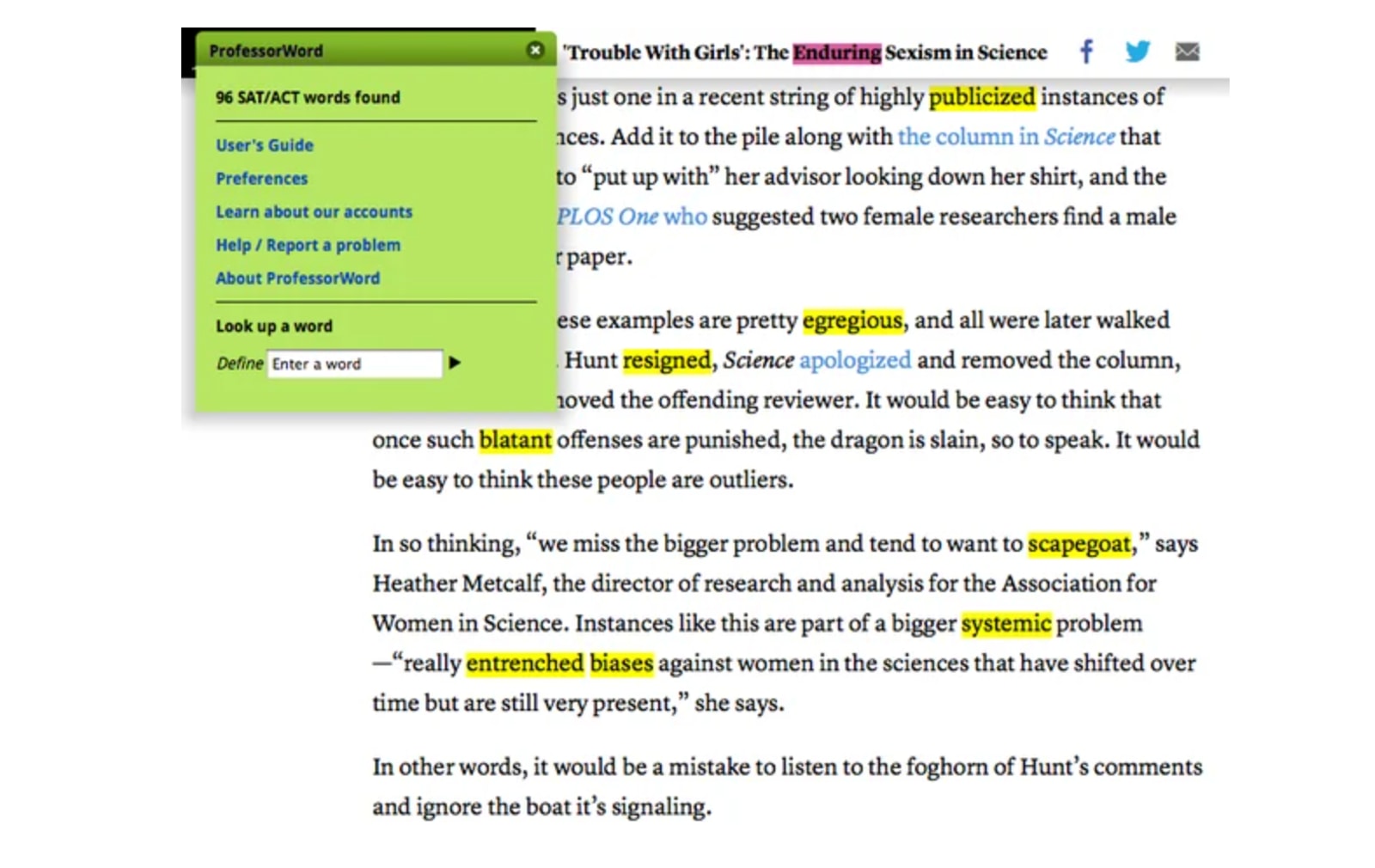
Method 4: Take Official SAT Practice Tests
Taking official SAT practice tests is another excellent way to practice vocabulary in a real test-like setting. This method works particularly well after you’ve tried other approaches, as it allows you to apply your vocabulary knowledge in the context of a full-length SAT exam.
Not only will this help you test your vocabulary skills, but it will also give you insight into how SAT vocabulary questions are worded, what types of words and phrases you need to know, and how much time it takes you to answer these questions under real conditions.
Getting Started with Official SAT Practice Tests
There are currently eight full-length official SAT practice tests available (from the College Board). Here's a recommended strategy:
Take a Baseline Practice Test
Begin by taking one official practice test before doing any targeted SAT vocabulary practice. This will help you identify your starting point and determine which vocabulary-related questions, sections, or words are most challenging for you.
Simulate Real Testing Conditions
When taking the test, make sure to recreate real SAT testing conditions:
Choose a quiet, distraction-free environment.
Time yourself according to official SAT time limits for each section.
Avoid pausing or using outside resources during the test.
Review Your Results
Once you’ve completed the test, review your answers carefully and calculate your score. Pay special attention to the vocabulary-related questions in both the Reading and Writing sections.
Analyzing Your Vocabulary Performance
After reviewing your test, here’s how to interpret and act on your results:
If You Got Most Vocabulary Questions Correct
Congratulations! You already have a good grasp of SAT vocabulary. Focus on reinforcing your skills by periodically reviewing any difficult words you encounter during the test. You can continue using resources like flashcards, quiz websites, and reading practice to maintain your proficiency.
If You Got Most Vocabulary Questions Wrong
Use this as an opportunity to pinpoint the areas where you struggled. Consider the following questions:
Were there many unfamiliar words you didn’t recognize?
Did you find it challenging to infer word meanings based on context?
Did you run out of time?
Look for patterns in your mistakes to identify your weaknesses. For example:
If you struggle with unfamiliar vocabulary, focus on building your word bank using flashcards and studying word lists.
If you find it hard to identify word meanings in context, prioritize practicing context-based reading questions.
From here, use a mix of official SAT Reading and Writing practice questions, other reputable practice tests, and the resources mentioned in previous methods to steadily improve your performance.
Top 4 Free Resources for SAT Vocab Practice
Now that we’ve introduced four effective methods for studying SAT vocabulary, let’s explore the top four free resources that will help you maximize your SAT vocabulary practice. These resources offer high-quality materials and tools to enhance your learning and prepare you for test day.
1: The College Board
When it comes to SAT prep, the College Board is your most reliable source. While we’ve already discussed the benefits of using full-length SAT practice tests, the College Board offers more than just exams!
Through their website, you can access a wealth of official SAT practice questions, including some that focus on vocabulary. Specifically, you can practice with:
24 SAT Reading questions
22 SAT Writing questions
These questions come with detailed answer explanations to help you refine your skills. Although not all questions will deal directly with vocab, they provide an excellent opportunity to practice reading words in context and familiarize yourself with the types of words and phrasing commonly tested on the SAT.
2: Khan Academy
Khan Academy, a partner of the College Board, is another fantastic (and free!) online resource for SAT prep. The website offers a wide range of official SAT practice questions, giving you further opportunities to practice vocabulary within the context of realistic SAT scenarios.
In addition to practicing questions, Khan Academy provides:
Helpful tips and strategies for answering Reading and Writing questions
Strategies for effectively reading passages
Progress tracking to monitor your strengths and areas for improvement
For a more detailed breakdown of how to use Khan Academy in your SAT preparation, check out our article dedicated to this platform!
3: Anki
Don’t like the idea of making physical flashcards for your vocabulary practice? Anki offers a streamlined, digital alternative!
Anki is a free, downloadable software program designed for creating and studying digital flashcards. Unlike Quizlet and Cram—free flashcard tools that require internet access—Anki works offline, meaning you can study vocab anytime, anywhere.
Key features of Anki include:
The ability to download pre-made flashcard decks submitted by other users or create your own personalized cards
Spaced-repetition software (SRS) that prioritizes reviewing difficult cards more frequently while showing you familiar words less often (much like the Waterfall Method described earlier)
Whether you’re working with existing decks or designing new ones, Anki is an excellent tool for boosting your SAT vocabulary retention.

4: Newspapers and Publications
If you’re working on reading vocabulary in context, finding a diverse selection of articles and reading materials is essential for developing well-rounded SAT vocabulary skills.
The SAT includes passages on a range of topics, so it’s important to practice reading articles that reflect this diversity. According to the College Board, SAT Reading passages include the following:
- One passage from a classic or contemporary work of US or world literature
- One passage (or a pair of passages) from a US founding document or a related text from the Great Global Conversation
- One passage on a social science topic
- Two passages on science topics
SAT Writing passages are similarly diverse, with passages focusing on:
- History
- Social science/social studies
- Science
To effectively prepare, read articles across different topics. Avoid reading only one type of content (e.g., just science articles), as this might limit your vocabulary growth and exposure to new words.
Here are some of the best free online publications to use for SAT vocabulary practice:
US and World Literature:
The New Yorker , The Paris Review , The New York Review of Books , The Los Angeles Review of Books
History/Social Science/Social Studies:
The Washington Post , The New York Times , The Atlantic , Time Magazine , The Economist
Science:
Psychology Today , Wired , Discover , Popular Science
Conclusion: The Best SAT Vocab Practice
While vocabulary doesn’t make up the largest portion of the SAT, having a solid grasp of it is still essential for success—especially in the SAT Reading and Writing sections. Understanding the types of words and questions you’ll encounter on the exam can help you prepare strategically and perform more confidently. Most SAT vocab words are medium difficulty and often have multiple meanings, so it’s critical to learn how to interpret them in context.
To gear up for the SAT, here are the four most effective methods for practicing vocabulary:
- Make flashcards and use the Waterfall Method to thoroughly study all the words on your deck.
- Take online vocabulary quizzes via free resources like Quizlet and Cram.
- Read words in context, using reliable resources like online newspapers and literary magazines to expose yourself to a wide variety of vocabulary.
- Complete official SAT practice tests to see how vocabulary is tested in real exam scenarios.
As for resources, we recommend starting with the College Board and Khan Academy, as they offer the highest-quality and official SAT practice questions. From there, expand your study routine with these excellent free tools:
- Anki, a downloadable flashcard program with spaced-repetition software to help maximize learning and retention.
- Online newspapers and publications, such as The New York Times, Psychology Today, and The Paris Review, which provide articles on diverse topics and genres to support your contextual reading practice.
With these strategies and resources in hand, you’re fully equipped to begin tackling SAT vocabulary! By combining consistent practice, effective techniques, and high-quality materials, you’ll improve your comprehension and be ready to face the SAT with confidence.
Good luck—and happy studying!
Related Posts
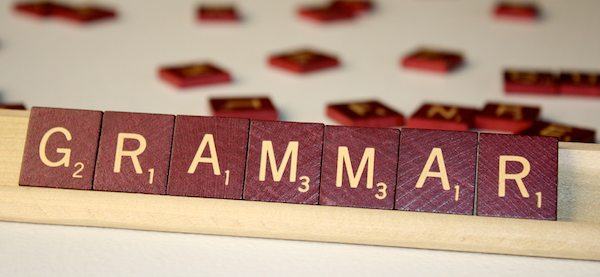
Master the Digital SAT with our comprehensive guide to grammar rules, ensuring you ace the verbal section with confidence.
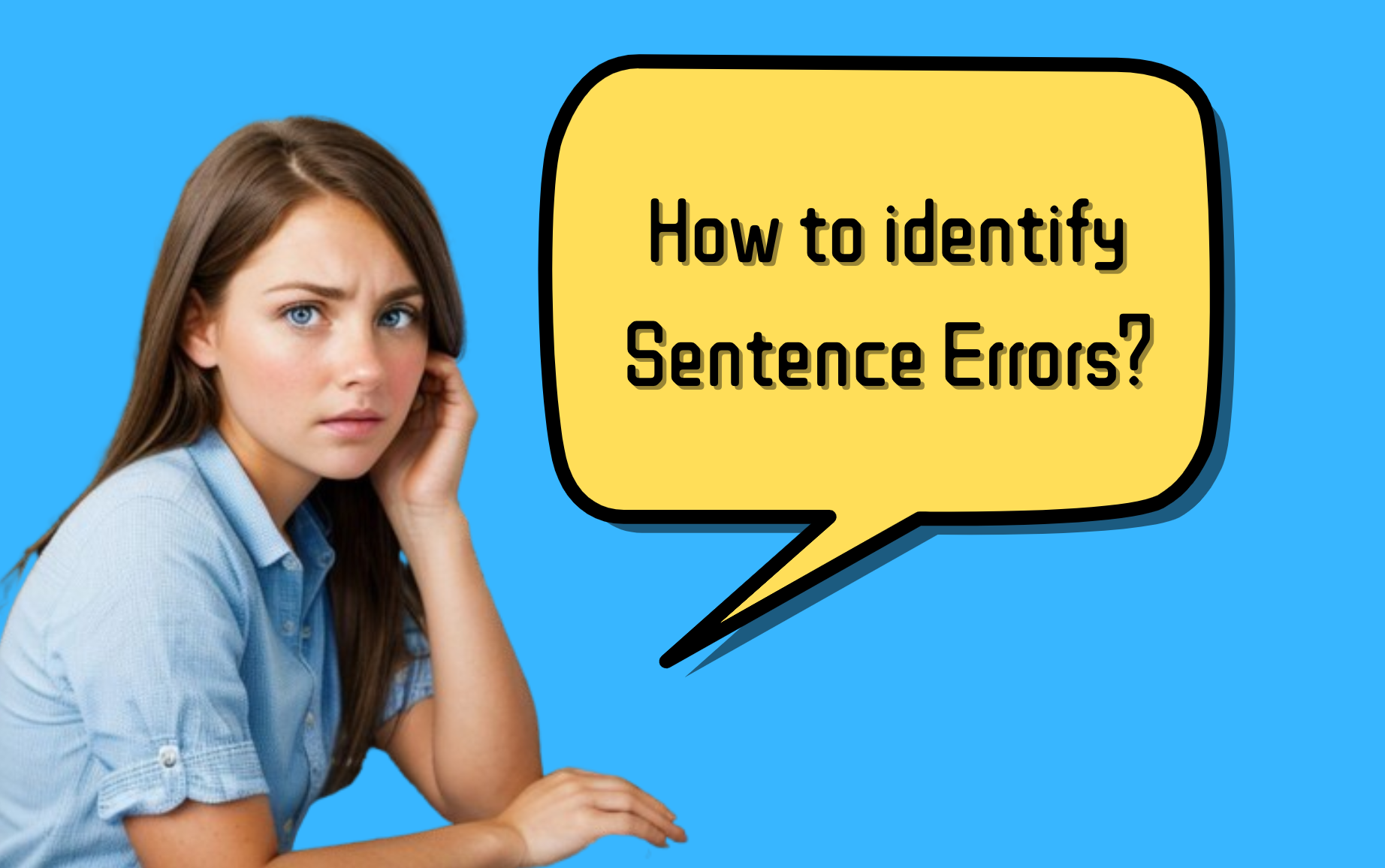
Boost your SAT Writing score! Explore essential tips, avoid common mistakes, and sharpen your grammar and error-spotting skills.